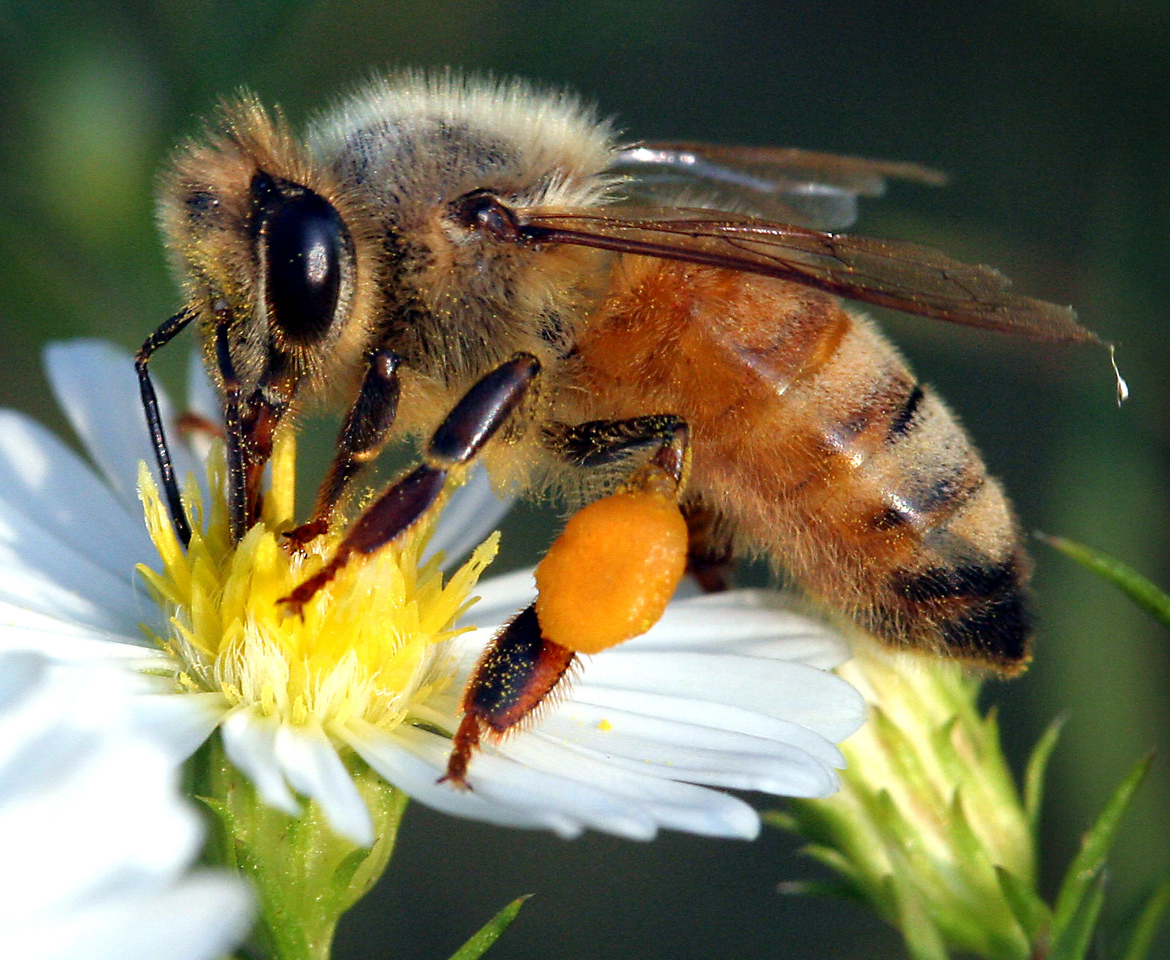Bee Friendly Skyscrapers Sustainable Architecture For Urban Pollinators

Study Shows That Good Nutrition Boosts Honey Bee Resilience Against Pesticides Viruses To mark this, we've selected seven designs that aim to make bees feel more at home in urban areas, from bulbous clay chairs punctured with holes to clean cut, minimalistic structures made from. The company has a range of products to incorporate bees, birds and even bats into buildings.

What Color Wings Do Bees Have At Roy Lujan Blog Are you a developer, architect, or urban planner looking to incorporate biodiversity and pollinator friendly design into your projects? we are seeking tenants, partners and collaborators who are interested to demonstrate their innovative projects and concepts at the climate & innovation hub in miami and the phxjax art & innovation district in. Urban bees are like vips in the city ecosystem, showing how even amidst skyscrapers, nature can find a way to thrive. they’re not just cruising for pollen; they’re key players in keeping the urban ecosystem healthy and balanced, supporting everything from plants to people. In urban areas where space is increasingly limited, green roofs with beehives present an innovative solution to enhance biodiversity and sustainability. this approach not only supports urban pollinators but also transforms unused rooftop spaces into vibrant gardens and ecologically rich areas. Q: how can buildings become bee friendly? a: for the building to be bee friendly, buzzing architects integrate hives into structures, often using walls and rooftops.

World Bee Day The Dayspring Youth Centric Newspaper Of Pakistan In urban areas where space is increasingly limited, green roofs with beehives present an innovative solution to enhance biodiversity and sustainability. this approach not only supports urban pollinators but also transforms unused rooftop spaces into vibrant gardens and ecologically rich areas. Q: how can buildings become bee friendly? a: for the building to be bee friendly, buzzing architects integrate hives into structures, often using walls and rooftops. Led by rafael luna of praud with the infra architecture lab and aligned with the sydney environmental strategy 2021 2025, the goal is to test and demonstrate how architecture can contribute to. This unexpected rise in urban beekeeping fosters a symbiotic relationship between urban dwellers and these essential pollinators, offering a rare glimpse of nature thriving amidst concrete and steel. #bee bricks are a revolutionary example of nature inclusive #urbandesign, creating essential nesting spaces for solitary bees in #cityscapes. Bees provide essential pollination, which contributes to biodiversity and food production. consequently, urban beekeeping is a vital intervention, incorporating rooftop hives in city planning.

Queen Bee Facts Curiosities Of The Queen Honey Bee Led by rafael luna of praud with the infra architecture lab and aligned with the sydney environmental strategy 2021 2025, the goal is to test and demonstrate how architecture can contribute to. This unexpected rise in urban beekeeping fosters a symbiotic relationship between urban dwellers and these essential pollinators, offering a rare glimpse of nature thriving amidst concrete and steel. #bee bricks are a revolutionary example of nature inclusive #urbandesign, creating essential nesting spaces for solitary bees in #cityscapes. Bees provide essential pollination, which contributes to biodiversity and food production. consequently, urban beekeeping is a vital intervention, incorporating rooftop hives in city planning.

Comments are closed.